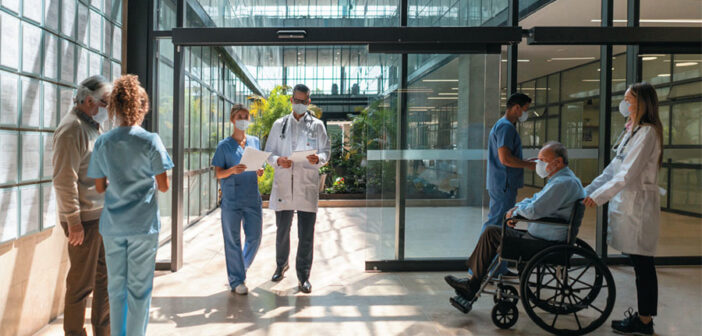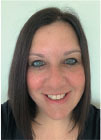BY , MSN, RN, CCM
As case managers, we know the importance of assessing our patients for current needs as well as future heath needs. We ensure that our patients have access to a primary care provider, an appointment scheduled after an admission, a completed medication reconciliation and no barriers to obtaining medications, resources, and teaching on many topics with verbalization of understanding. During COVID-19, I learned a great deal about patients in the community and how the needs of patients and their families are heightened during a pandemic. People were admitted to the hospital with COVID-19, which often resulted in a prolonged hospital stay. They had never thought about their day-to-day needs or had a back-up plan when their caregivers became sick. So many issues rose to the top of the assessment list for interventions and action.
Recently, I was a discharge planner for a step-down stroke unit converted to a COVID-19 step-down unit. I quickly learned that patients and their families were not prepared for a pandemic or even an emergency because they were not prepared for today. Families and their loved ones became sick with COVID-19 and caregivers could no longer care for their loved ones. At times, patients were not eligible for a skilled nursing facility (SNF) because they had the virus but still were high-functioning. Many caregivers were afraid of COVID-19 partially because of the virus unknowns and because they had a chronic issue like lung disease, cancer or their loved one’s care was now too heavy for them. So many families would ask, “What do I do now or what are you going to do to help me?” Long discussions happened about back-up plans of care and community resources available.
During COVID-19 admissions, I encountered many heightened family dynamics between who was currently caring for a patient and what family member legally outranked the caregiver although not involved in the patient’s care. The family members were fighting and trying to place me in the middle of their battle with statements such as “when you speak to so and so, you tell them” or “so and so is not involved in their care nor do they help with any finances so they have no say.” In some of these situations it was family who wanted to take away autonomy from their loved ones and make decisions for them. I had a lot of life planning and living will conversations with patients and caregivers in hopes to decrease distress on the patient being caught in the middle of family grudges and arguments. I also spoke with the families and caregivers about trying to resolve conflict to focus on caring for their loved one to ensure an appropriate plan of care. There were also many reminders about autonomy and the patient being alert and oriented enough to make their own decisions.
Over time, group home residents were affected by COVID-19, and placement back home became a challenge. Group home administrators were caught in between returning residents with limited decision -making abilities or behavioral issues isolated from other residents who were not diagnosed or displaying symptoms of the virus. Another challenge for discharge planning was trying to place group home patients into skilled nursing facilities due to behavioral or cognitive issues that excluded them from subacute placement. Many of these patients stayed in the hospital until they were considered COVID recovered or safe arrangements were made in the group home, which could take days.
One of most eye-opening experiences was knowing how many patients I assessed that were not refilling their oxygen at home. They didn’t know who to call or how to renew their prescription. They had not filled that tank in years and did not know where to look on the tank to find out who the supplier of the oxygen was. Their MD had not refilled a prescription and/or the oxygen company didn’t follow-up because no new script for the oxygen and supplies was given or there was a non-payment of services and the account was put on hold. I specifically asked this group several questions: Who realized your oxygen was empty? What physician follows you for oxygen? Did anyone ask you about your oxygen needs at home or follow up if you did not refill your oxygen? This population stated that no one discussed their O2 needs at home or at the physician office; some did not have a primary care provider (PCP). They had no contact with the O2 provider or who to call to renew the O2. One family told me that they did not even know their tanks had to be refilled and the homecare therapist discovered empty tanks.
During this pandemic, I have witnessed several SDoH populations that were diagnosed with COVID-19 along with family members they lived with. Many of these patients had no jobs, insurance, didn’t speak English and were diagnosed with diabetes and/or hypertension during their admission. Some were United States citizens, and some were not, which affected their ability to obtain insurance. Upon discharge, I set up physician or nurse practitioner visits with local community clinics so that these patients could afford or obtain free services and discounted medications as well as be able to communicate in their native language.
After thinking about what I have learned during this pandemic, I realized that I had experienced many of these scenarios before but not in as many patients at once. I am not sure if this is because of the sheer volume of sick patients who arrived at the unit during the crisis. But I do know that this experience afforded a true glimpse into the diverse population needs of the communities that the hospital serves.





